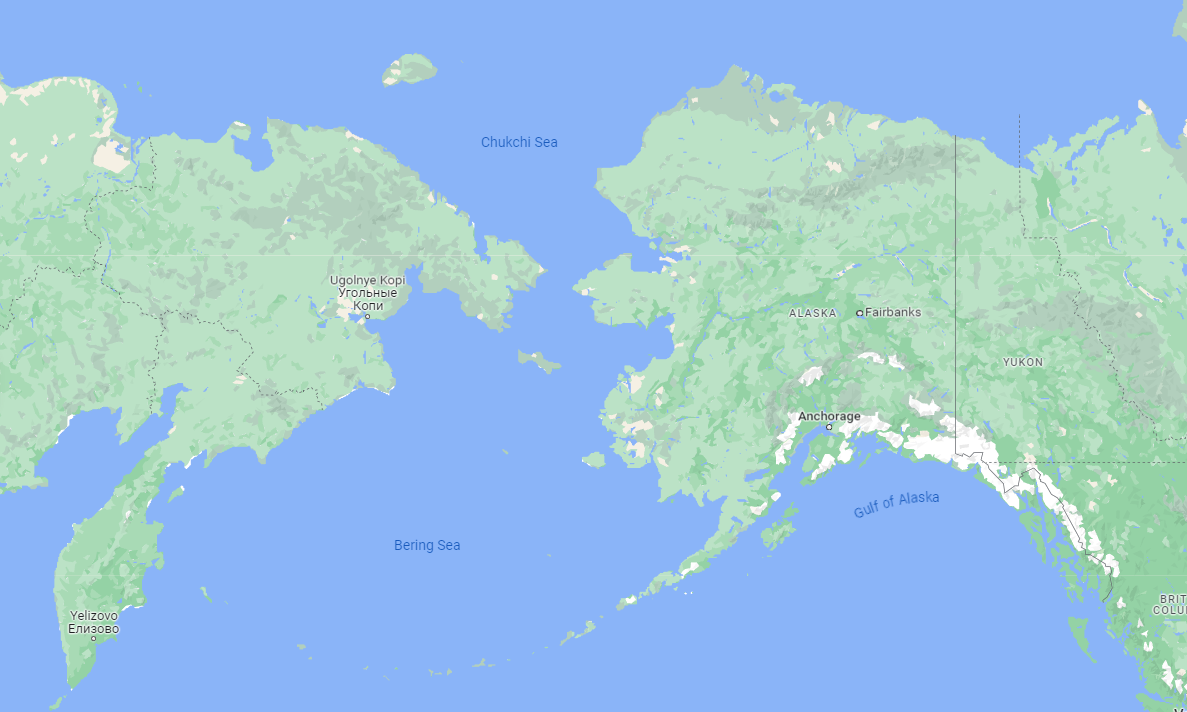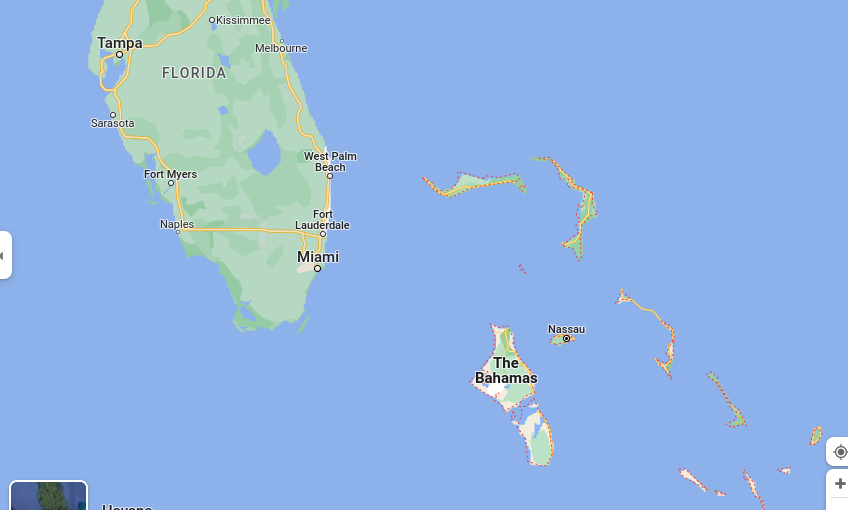The vast frozen reaches of Siberia and the lovely beaches of The Bahamas would seem to have little in common: one having literally 1,007 times the land area of the other; one with a brutal autocratic government and the other with a laid-back, UK-style democracy.
I was reminded of what they have in common by a posting of my colleague Viktor Marsai on the utility of buffer nations, such as Turkey, which can help manage migration flows. Both Siberia and The Bahamas, similarly, in completely different manners, help the U.S. discourage illegal migration from the west and from the south, respectively.


Two chunks of our borders, maritime ones that we rarely consider, are the long cold one with Alaska on one side, and Siberia on the other, and the rather shorter, and more pleasant one between Florida and The Bahamas. Each could be used as a passageway for illegal aliens from another nation to America; after all, Little Diomede, a small U.S. island, is only 2.4 miles from Big Diomede, which belongs to Russia in the Bering Sea.
How do Siberia and The Bahamas help discourage illegal migration to the States?
There is substantial out-migration, much of it of dubious legality, from war-torn Russia. But that nation’s population tilt is to the West, and most of these emigres wind up in European nations or Turkey. I have an eye open for stories about Russians escaping across the Bering Sea, which separate Siberia from Alaska, and have seen only one, which was reported in the Guardian.
What Siberia offers is a huge, cold barrier to out-migration; if one were to take the Trans-Siberian Railroad from European Russia, one would find oneself, after a three-or-four-day trip, in Vladivostok, on the Pacific Ocean. At that point, the would-be migrant is still 2,600 miles or so from the Big Diomede crossing, 2,600 miles of roadless wilderness. Air services are limited and the Russian authorities, presumably, would be alert to escape attempts.
If the buffer mechanism in Siberia is oodles of wilderness, it is a small number of boats and airplanes in The Bahamas, the Royal Bahamas Defense Force. This entity, despite its somewhat grandiose name, plays the role of Coast Guard, and stops some of the drug trade and illegal immigration (mostly from Haiti). Bahamas’ waters lie between that nation and Florida. I assume that RBDF is partly funded by the U.S.
Footnote on Birthright Citizenship. Speaking of The Bahamas, that nation has birthright citizenship, as many nations do in this hemisphere, but not in the other. The definition of that right was sharpened and confirmed the other day by the United Kingdom’s Law Lords, or more formally the Judicial Committee of the Privy Council, which serves as the supreme court of The Bahamas and other former British colonies, as we have reported in the past.
The most recent case dealt with the question:
Does the Constitution of The Bahamas confer citizenship at birth on a person born in The Bahamas who is the child of an unmarried woman who is not a citizen of The Bahamas and a man who is?
The government argued that the five appellants, all of whom met the description above, did not have birthright citizenship but the Law Lords said they did. As in most Law Lords’ cases, the opinion was unanimous. Neither the lack of marriage status, nor the illegal status of one of the parents counts, just the place of birth.
So the law in The Bahamas is very much like ours on this point.
